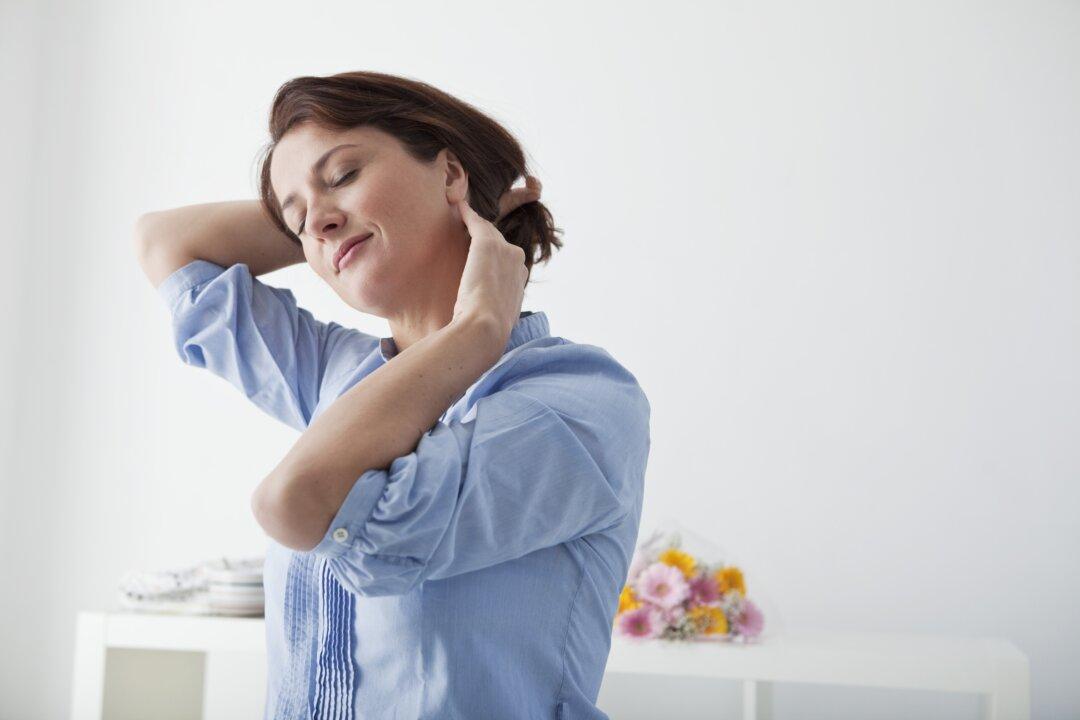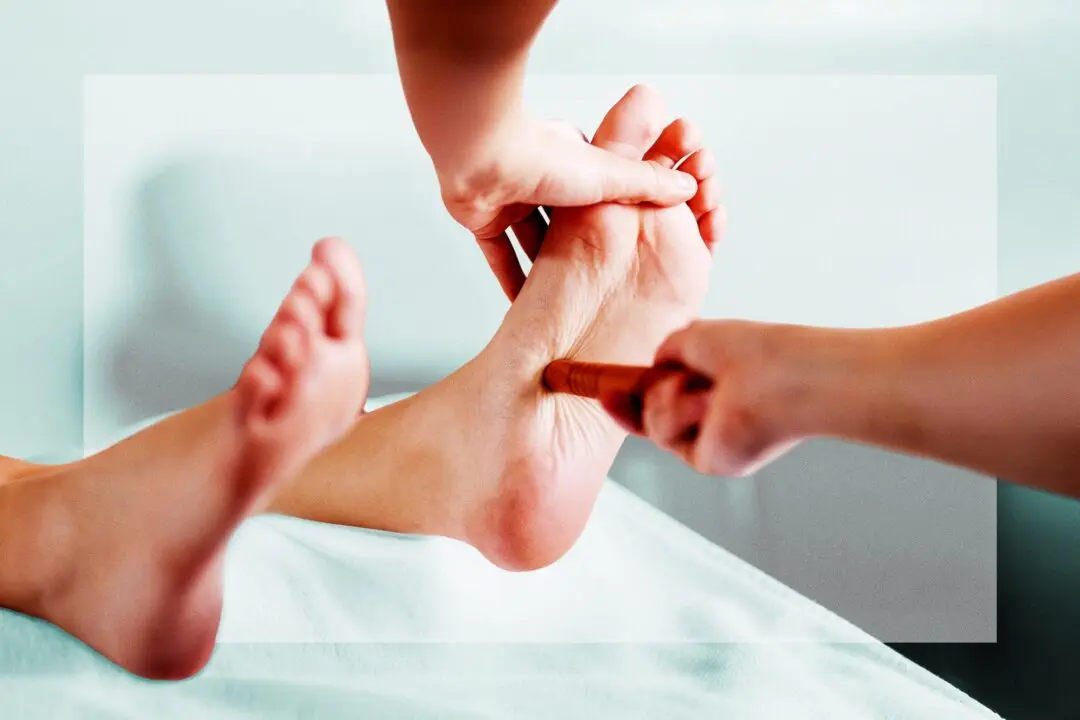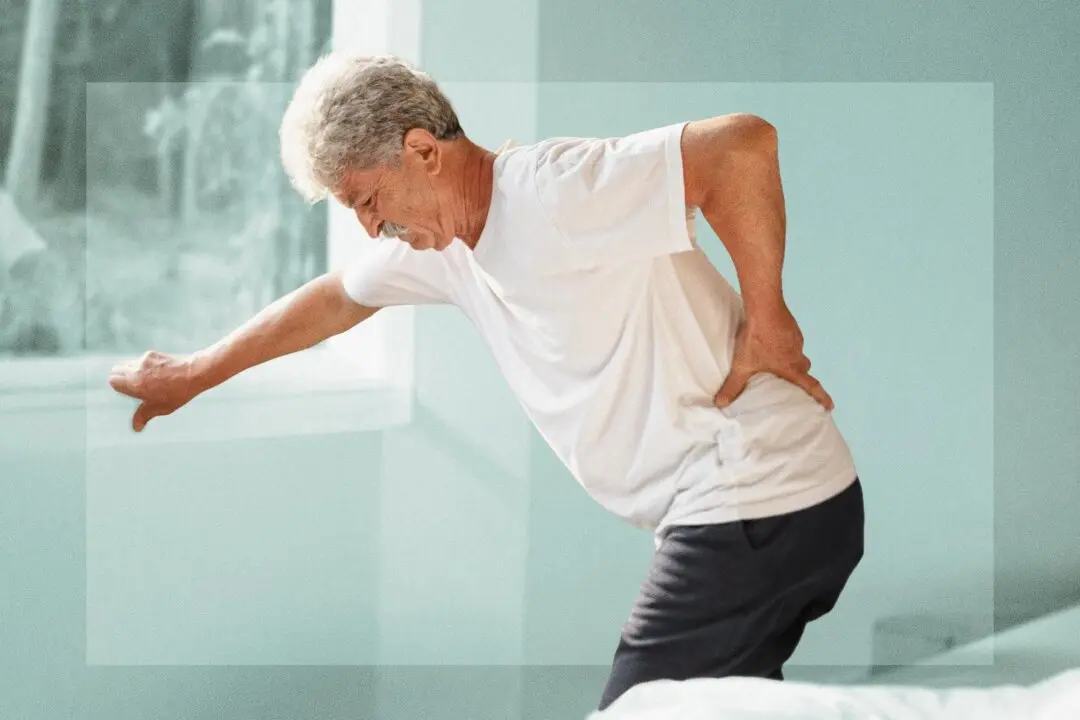Dizziness, vision deterioration, and brain strokes can all be attributed to cervical spine problems. Dr. Wu Guobin, director of Xinyitang Chinese Medical Clinic, shares with us nine methods to improve the misalignment of the cervical spine to help us reverse cervical spondylosis.
Cervical Spine Problems Can Cause Vision Deterioration and Brain Strokes
First of all, let’s take a look at the structure of the cervical spine. There are seven vertebrae in the cervical spine. From top to bottom, the higher a vertebra is located on the cervical spine, the more difficult it is to adjust it. Doctors are all very careful when dealing with the cervical spine issues, especially regarding the first and second vertebrae.Since blood directly passes through the first and second vertebrae to the brain, if they are misaligned, it can cause headaches, dizziness, tinnitus, degeneration of vision, and even serious problems such as brain strokes and dementia.






